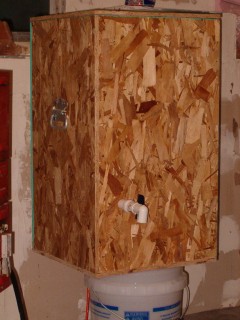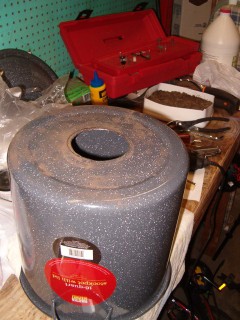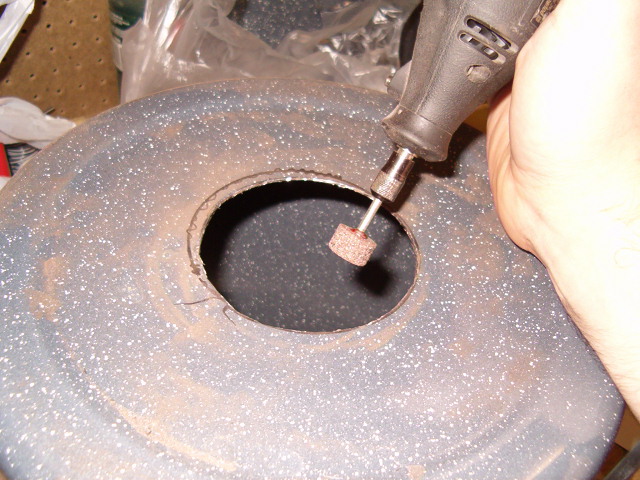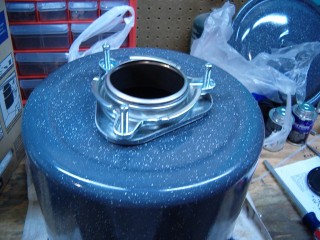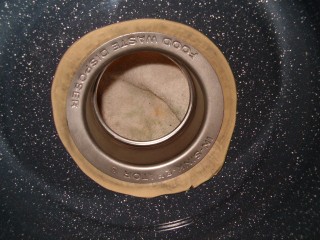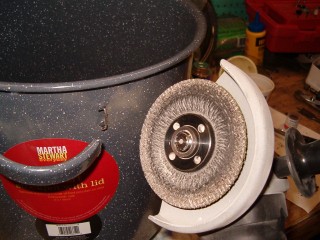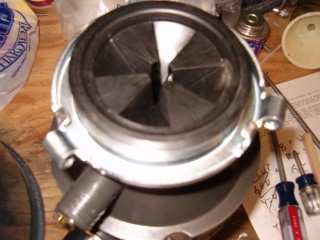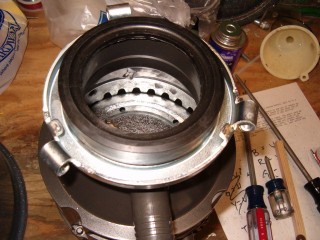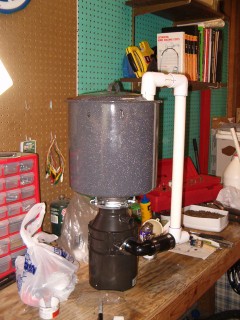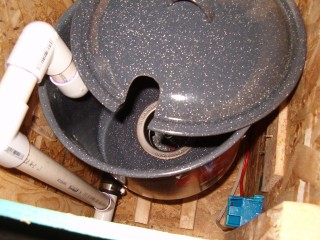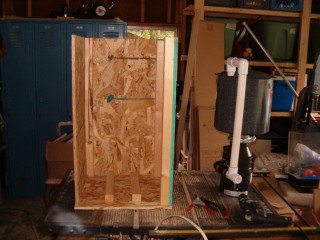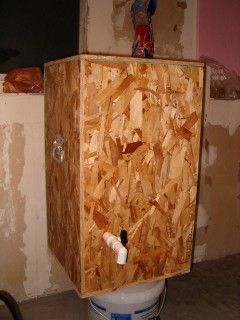| /hacks/squishie.html | 5 June 2005 |
Apu 3000Would you like a squishie? |
|
Step 5: |
|
| Mate the pot and disposal together. | |
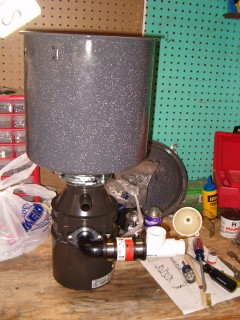 |
Recipes: |
| Nothing specific yet, but a good general one so far had been 2 two-liter bottles of mixer, a bottle (give or take), of appropriate booze, and a bag o' ice. The one critical thing is to have all the liquid in first and the disposal running before adding the ice. Once it is sufficiently blended just pulse it for a few seconds before dispensing to prevent any overly melted pours. |
Answered Emails: |
| Q:...a guy across the hall from me broke the refrigerant coils on the inside of a minifridge, so i thought of turning it into a clandestine mixing machine. the fridge i can fix, and replace the coils possibly to keep the container colder, for extended usage. im probably going to have to scale down what you did with the posted project. any ideas off the top of your head for a project like this? A:I like the fridge idea but it does pose certain design constraints. Assuming you are intending to use a disposal to mix, the mixing container and bottom fridge wall will both have to be captured in the mount. Off the top of my head the only way to do such is to use a flat bottomed container and and use an appropriately sized spacer (pvc pipe or somesuch) to transition from the mounting flange through the fridge body then sealing to the disposal gasket. I suppose you could also bore the hole in the fridge bottom overlarge and just "hang" the entire assembly from the container. Piping the return line outside the container seems the best choice here as it's easier, and cleaner, to seal from there. Not knowing the internal dimensions of the fridge, container choice seems critical to the whole project's usability. I've found that anything less than ~2 gallons fails to mix so I would start there as your min size. You'd be shooting for a flat bottomed container of at least that volume while maintaining the ability to add mixer and ice easily. Also don't forget about roof for cleaning, some really funky stuff will grow in there if left unchecked. Barring those obstacles, build a small box to hold the disposal, mount the switch, mount the spigot and as camouflage (of course!).
Let me know how it goes, drop a link to the finished project, more questions, whatever. |
